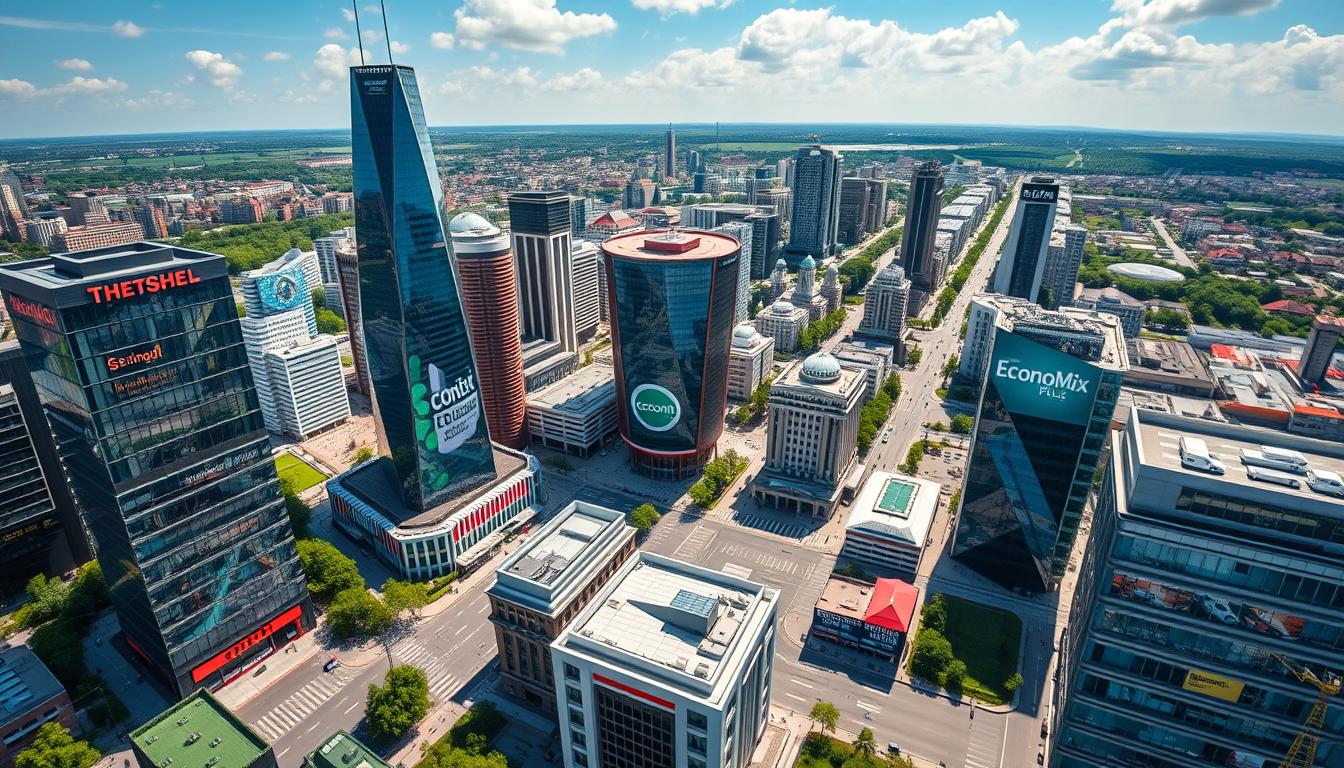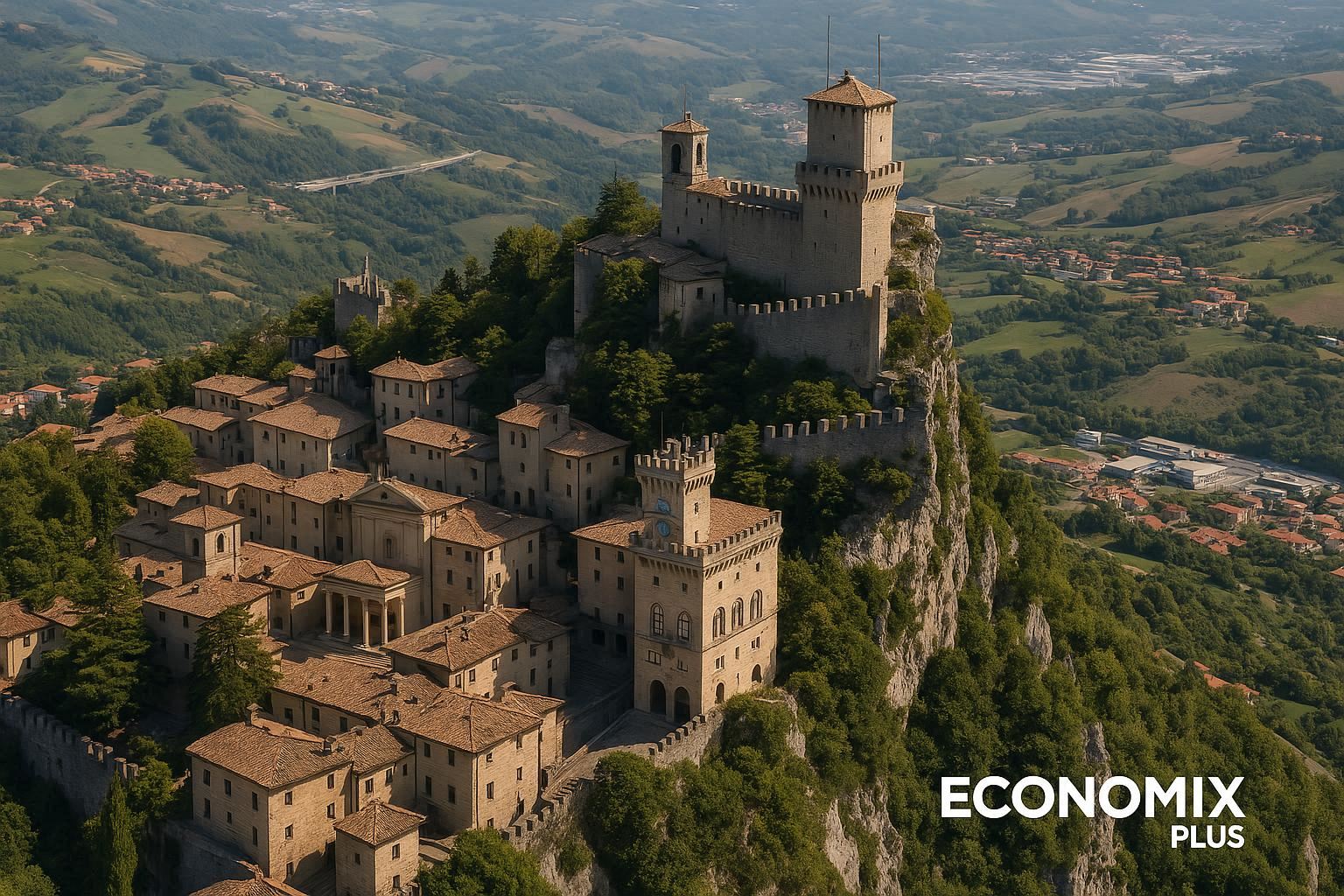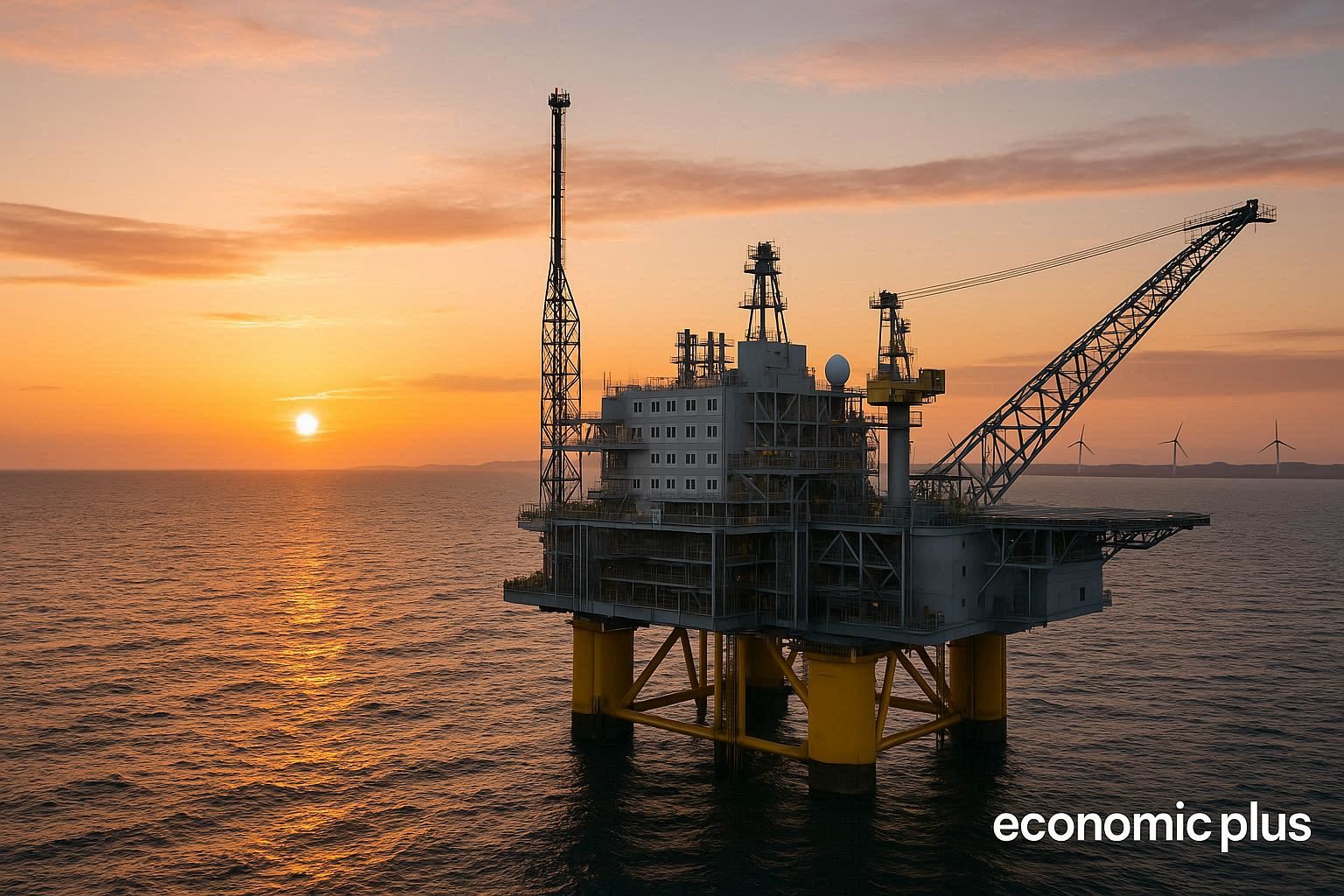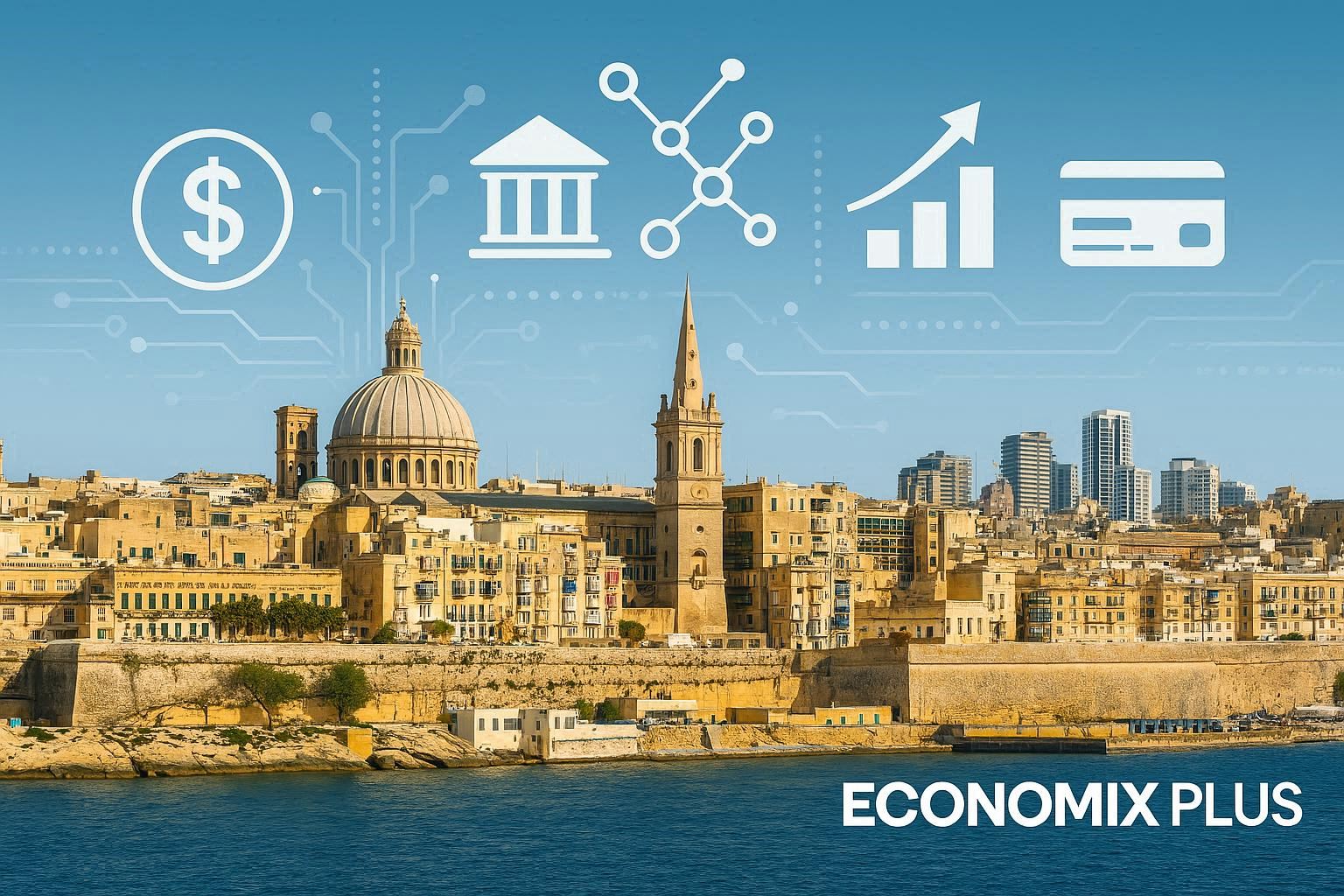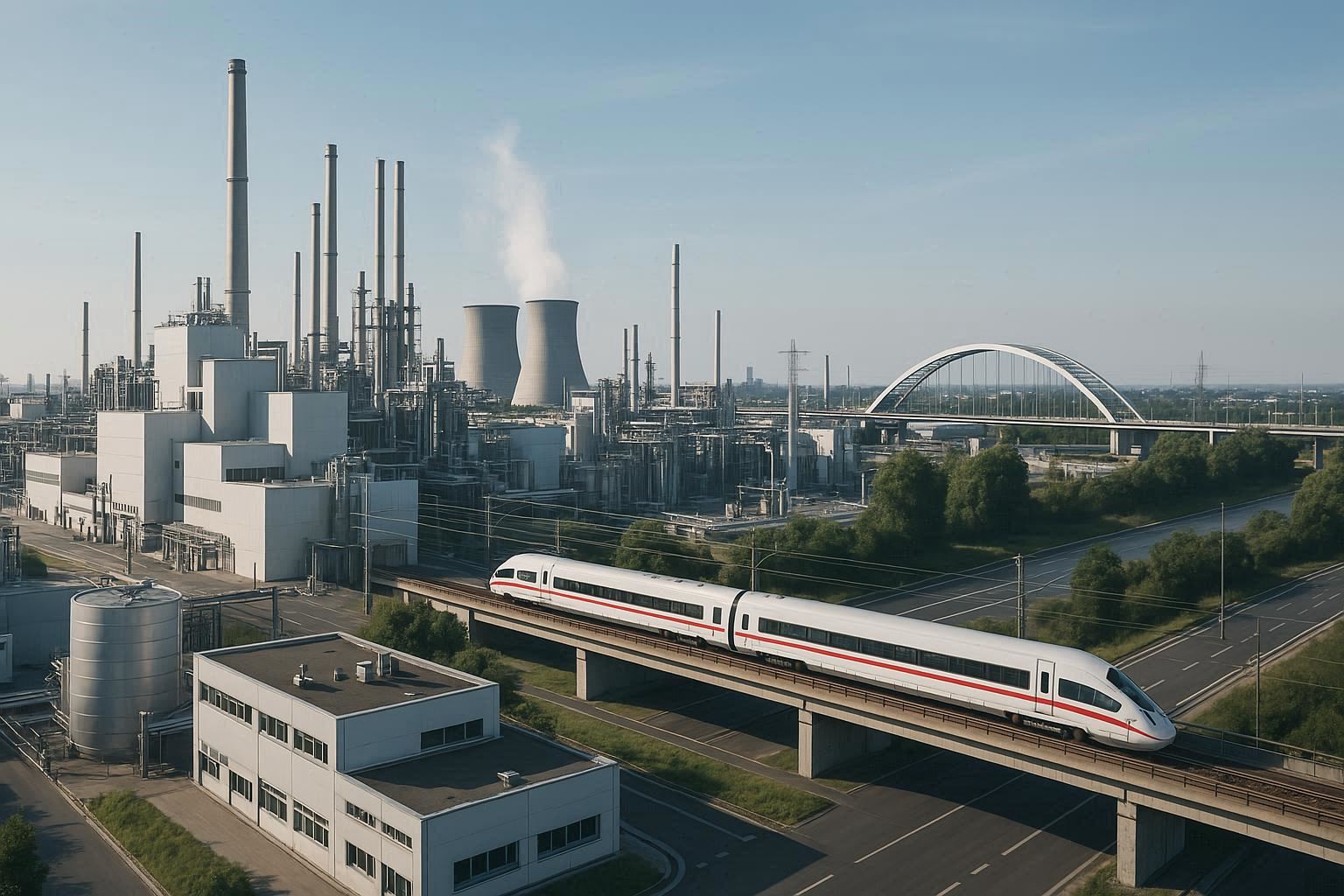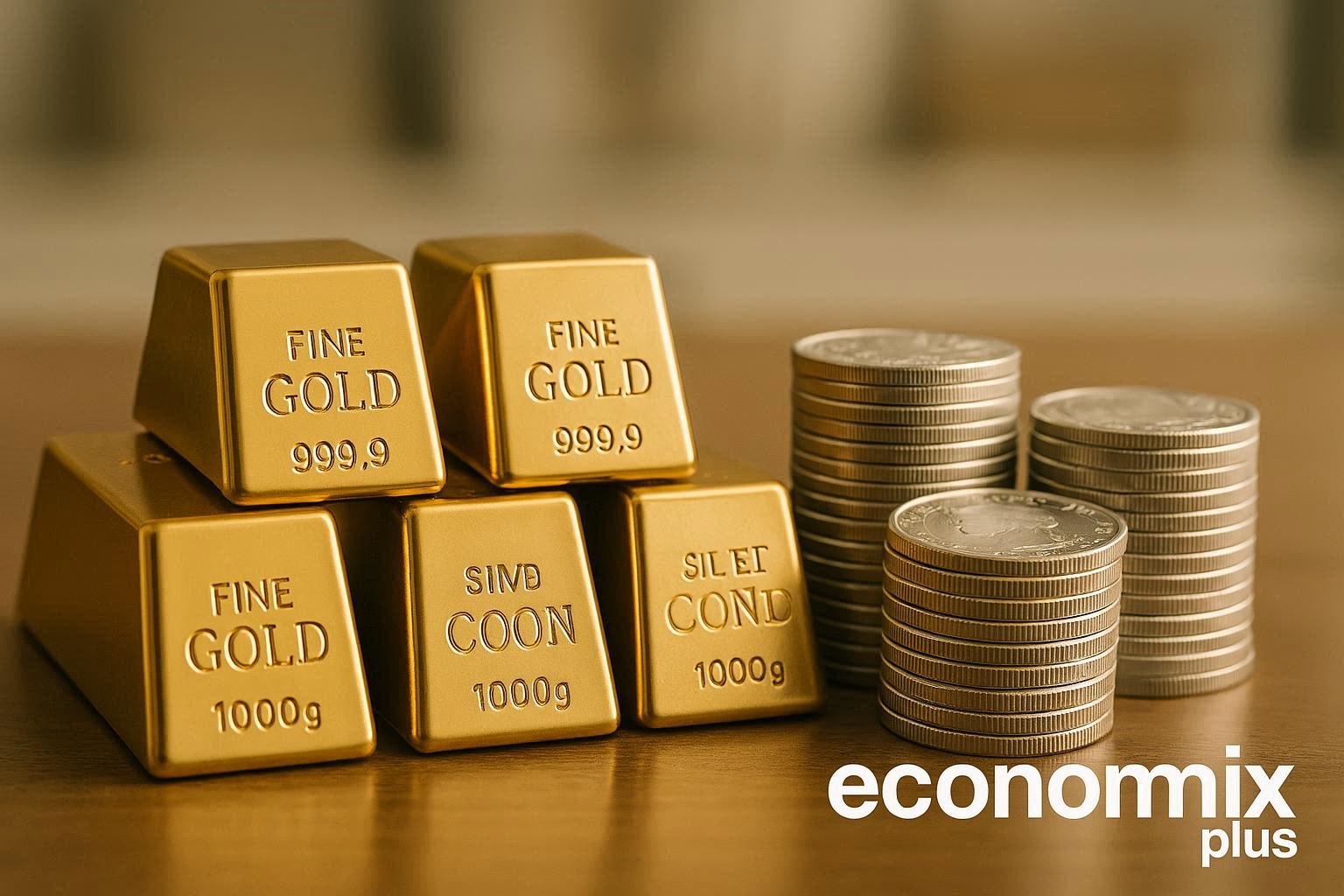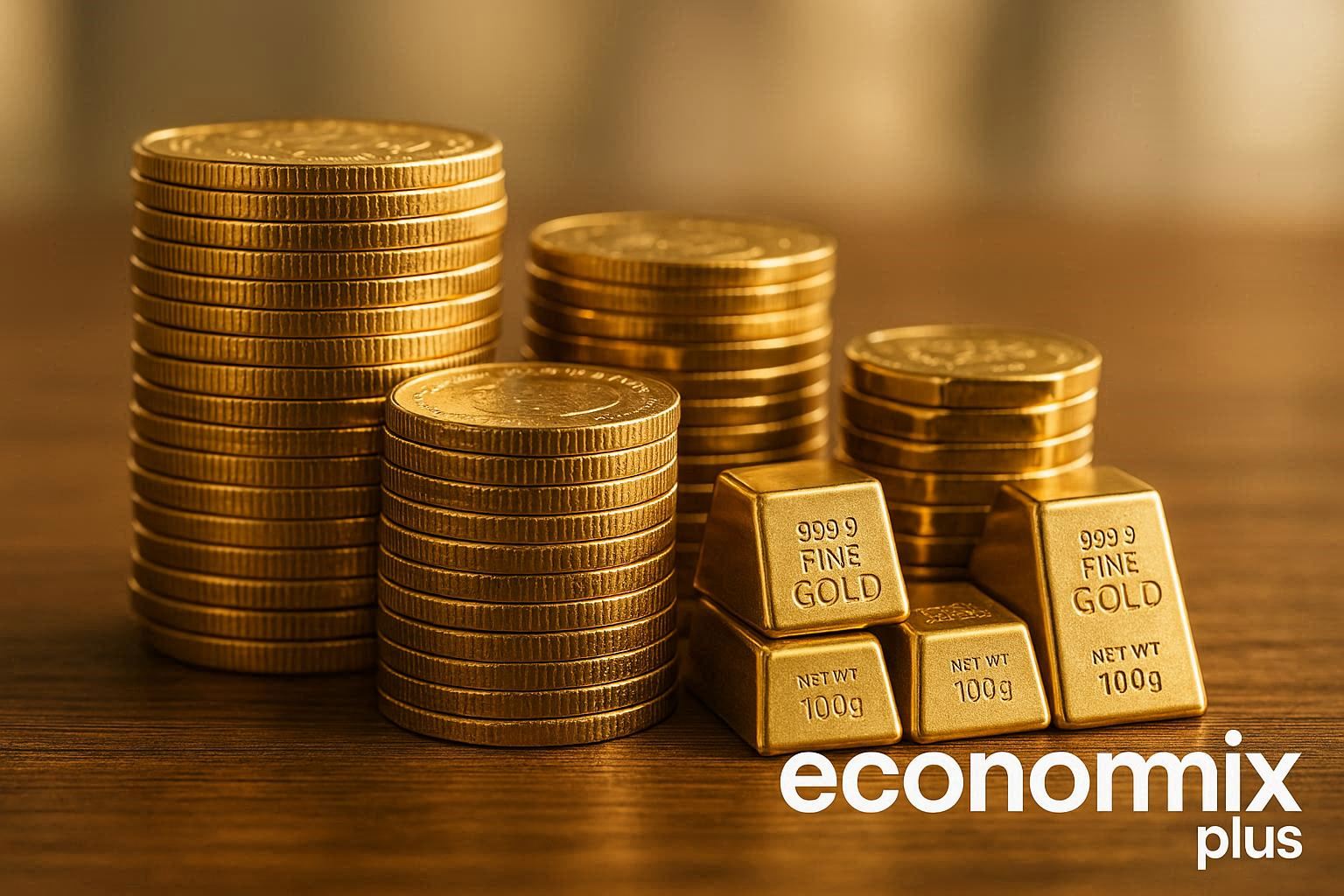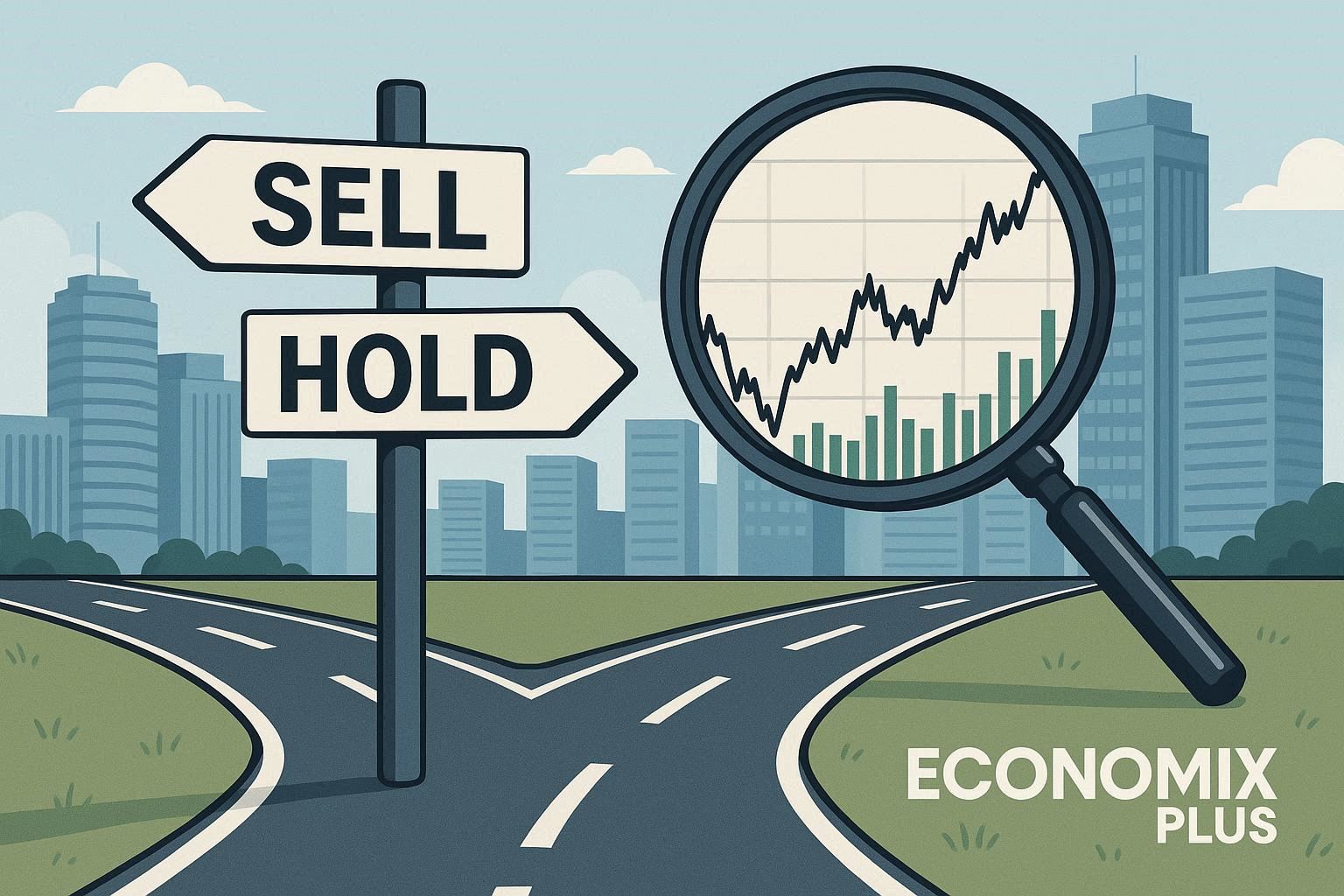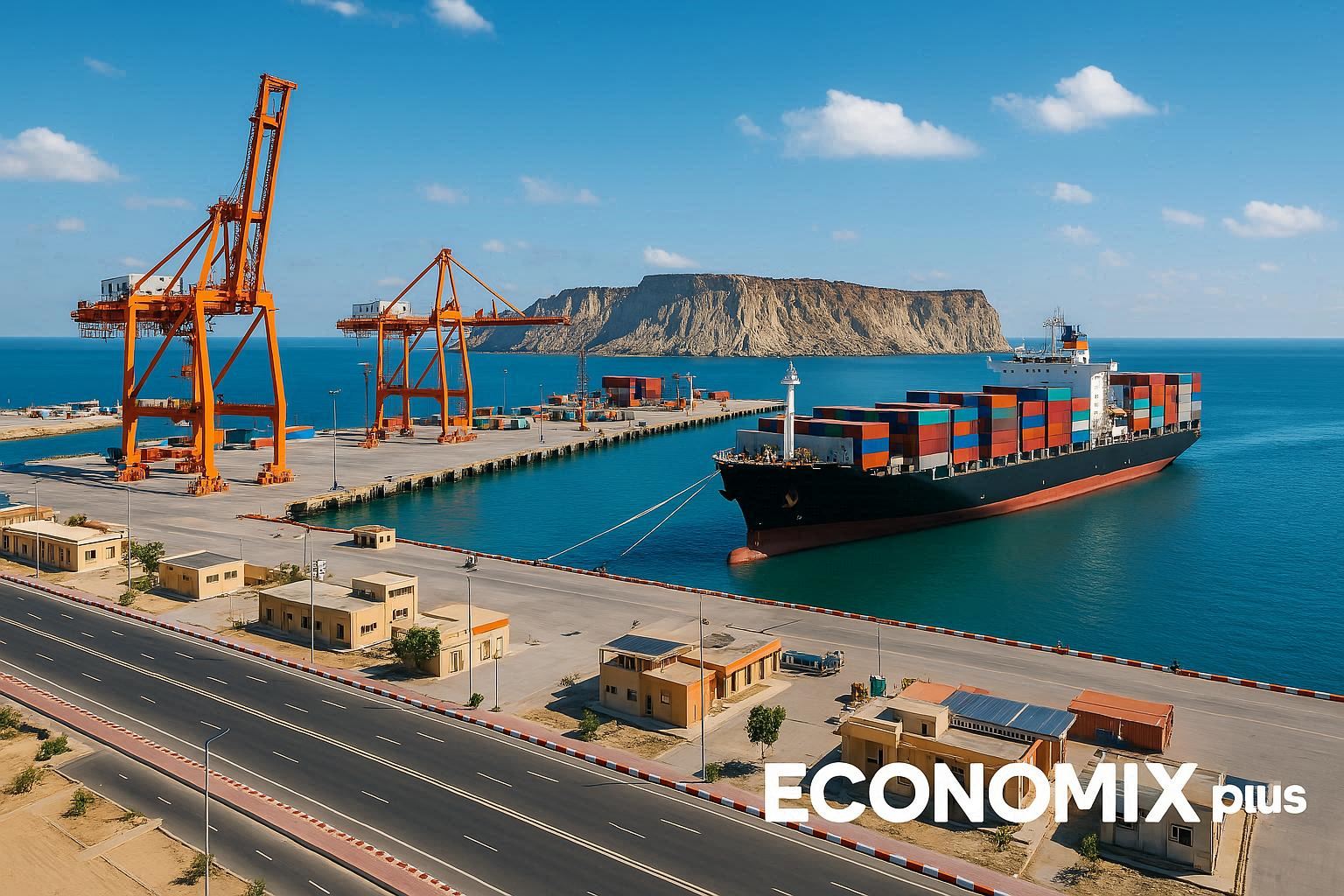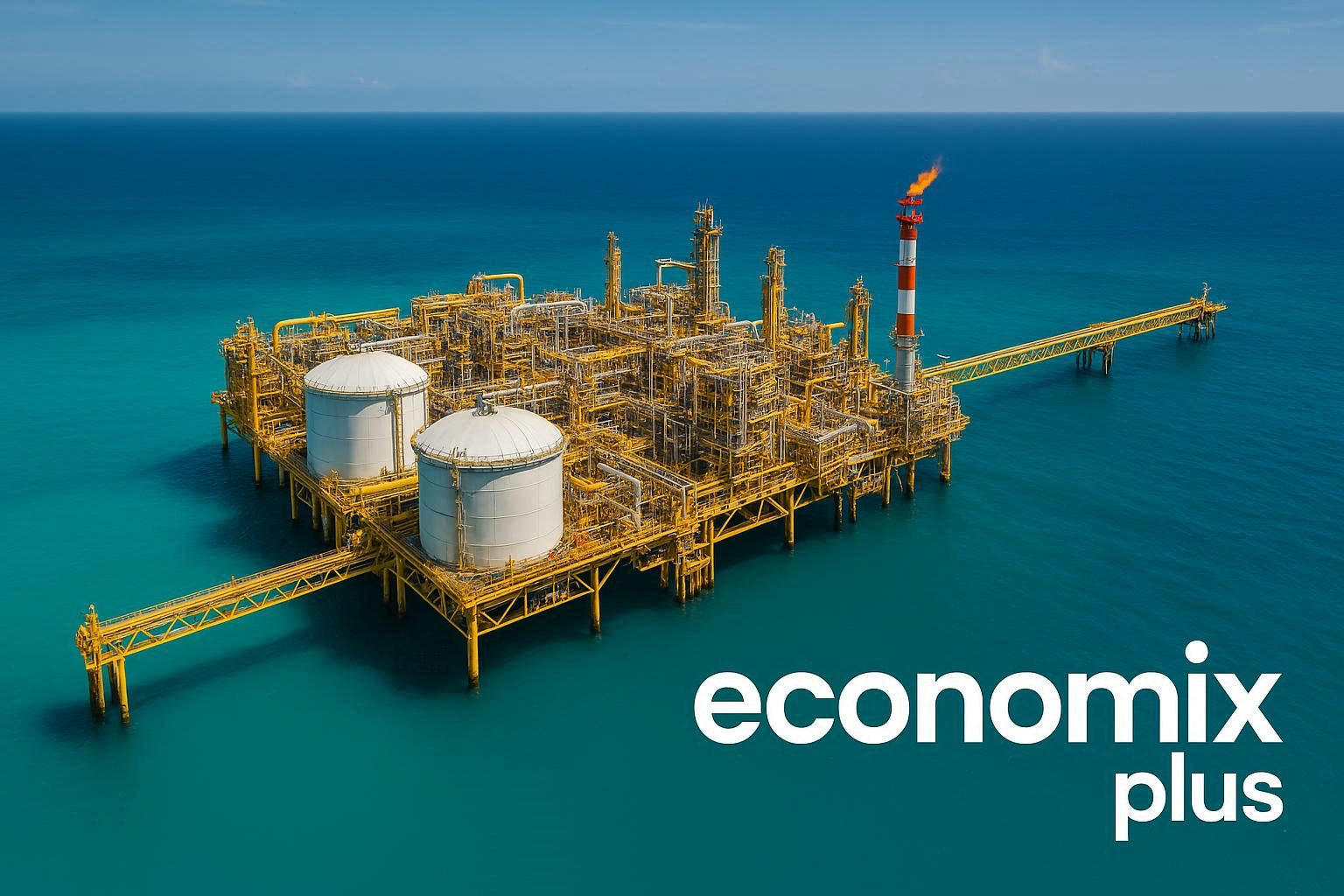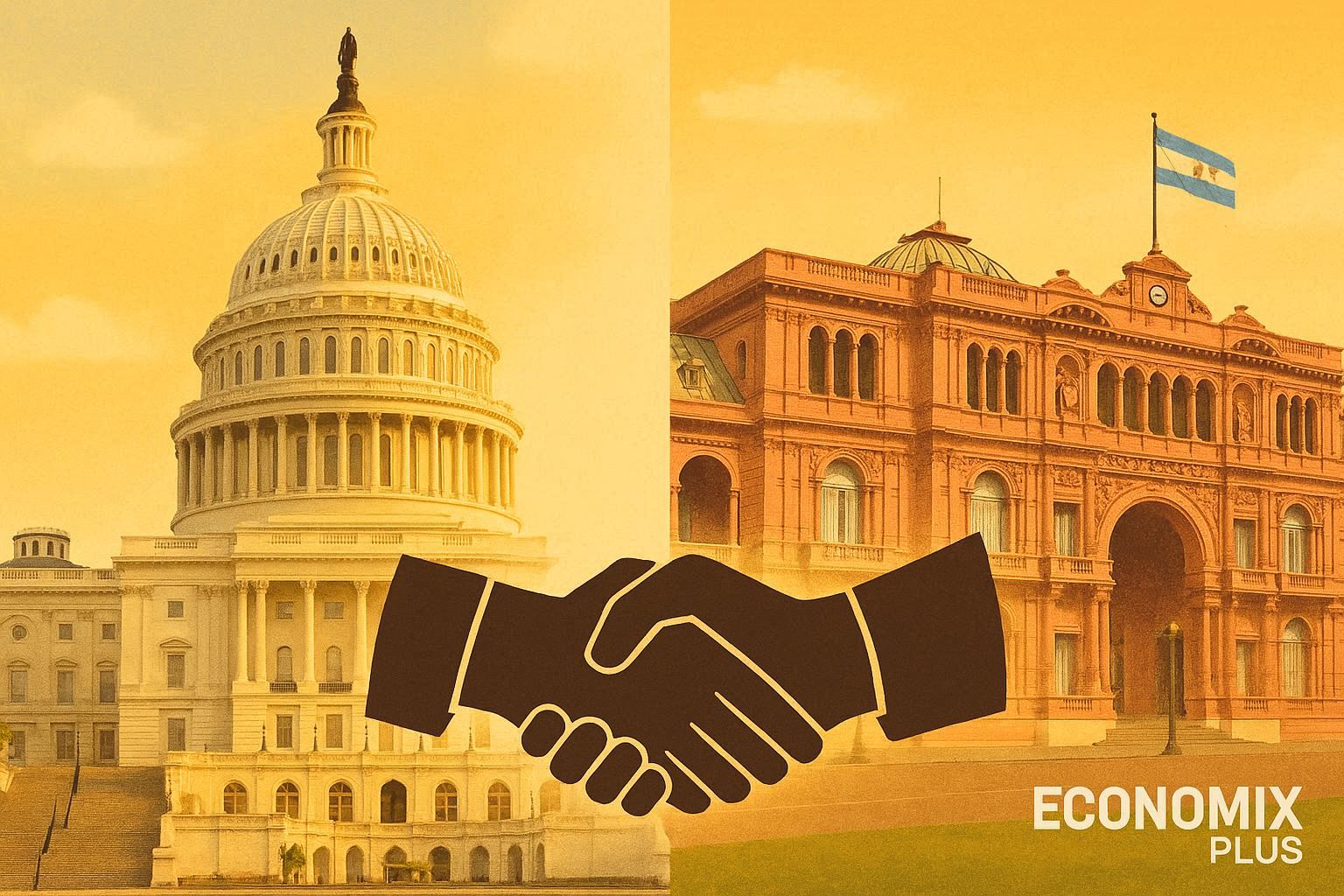Lithuania has emerged as a standout performer in the Baltic region, catching the attention of global institutions like the World Bank. With a GDP growth exceeding 500% since gaining independence, this nation has proven its resilience and adaptability. But what sets it apart from its neighbors, Latvia and Estonia?
Ranked as the 17th freest economy globally in 2022, Lithuania boasts a robust economic freedom score of 75.8. This surpasses regional averages and highlights its commitment to innovation and policy reform. Post-pandemic, the country projected a 5% GDP growth in 2021, showcasing its ability to recover swiftly.
Recognized as a high-income country since 2015, Lithuania has consistently demonstrated its potential. Its GDP per capita is the highest among the Baltic states, reflecting a thriving economic landscape. Despite challenges like the Ukraine war, the IMF projects continued resilience, making it a model for sustainable development.
Key Takeaways
- Lithuania has the highest GDP per capita in the Baltic region.
- Recognized as a high-income country by the World Bank since 2015.
- Ranked 17th globally in the 2022 Index of Economic Freedom.
- Projected 5% GDP growth in 2021, showing strong post-pandemic recovery.
- Economic freedom score of 75.8 surpasses regional averages.
Introduction to Lithuania’s Economic Growth
The transformation of Lithuania’s economy over the past three decades is a story of resilience and innovation. Since gaining independence in 1991, the country has transitioned from a post-Soviet state to a thriving, high-income nation. Its GDP reached €71.9 billion in 2023, reflecting a steady upward trajectory.
One of the most striking indicators of this progress is wage growth. The average monthly wage soared from €847 in 2017 to €2,009 in 2023. This increase has significantly improved living standards and consumer spending. Despite a stabilized unemployment rate of 6.9%, the nation continues to attract investment and talent.
Lithuania’s development has been bolstered by its accession to the European Union in 2004. Membership has provided access to funding, trade opportunities, and a platform for policy reforms. These factors have played a crucial role in shaping its economic landscape.
However, the country faces a paradox. Despite rapid growth, it grapples with demographic challenges like an aging population and emigration. Yet, its ability to sustain progress highlights its adaptability and forward-thinking policies.
| Year | GDP (€ billion) | Average Monthly Wage (€) |
|---|---|---|
| 2017 | 45.3 | 847 |
| 2021 | 56.8 | 1,550 |
| 2023 | 71.9 | 2,009 |
Compared to other countries in the region, Lithuania’s GDP per capita stands out as the highest. This achievement underscores its position as a leader in the Baltic region. The nation’s ability to navigate challenges while maintaining growth is a testament to its economic resilience.
Historical Context: From Soviet Rule to Economic Independence
Lithuania’s journey from Soviet rule to economic independence is a remarkable tale of transformation. After gaining independence in 1991, the country transitioned from a centrally planned system to a market-driven economy. This shift required dismantling Soviet-era industrial structures and embracing privatization.
During the early years, Lithuania faced significant challenges, including hyperinflation and economic instability. However, the period from 1990 to 2004 marked a turning point. The nation implemented reforms to attract foreign investment and modernize its infrastructure.
One of the most significant milestones was the adoption of the euro in 2015. The fixed exchange rate of LTL 3.45280 signaled stability and integration into the European Union’s economic framework. This move boosted investor confidence and facilitated trade.
The 2008-2009 global financial crisis tested Lithuania’s resilience. The country experienced a 15% GDP contraction, but strategic recovery measures, including EU structural funds, helped rebuild its economy. These funds were instrumental in modernizing infrastructure and enhancing production capabilities.
NATO membership in 2004 further strengthened Lithuania’s position. It provided security and attracted foreign capital, fostering economic growth. Today, the country enjoys macroeconomic stability, a stark contrast to the hyperinflation of the 1990s.
Lithuania’s ability to navigate these challenges highlights its adaptability. The capital of Vilnius has become a hub for innovation, reflecting the nation’s forward-thinking policies. This historical context underscores Lithuania’s remarkable economic evolution.
Key Drivers of Lithuania’s Economic Growth
Lithuania’s rapid economic expansion is fueled by strategic reforms, international partnerships, and a thriving business environment. These factors have positioned the country as a leader in the region, attracting global attention and investment.
Liberal Economic Reforms
In the 1990s, Lithuania implemented sweeping privatization and tax reforms. The introduction of a flat corporate tax rate of 15%, the lowest in the EU, has made it an attractive destination for companies. These reforms have fostered a competitive business climate, encouraging innovation and entrepreneurship.
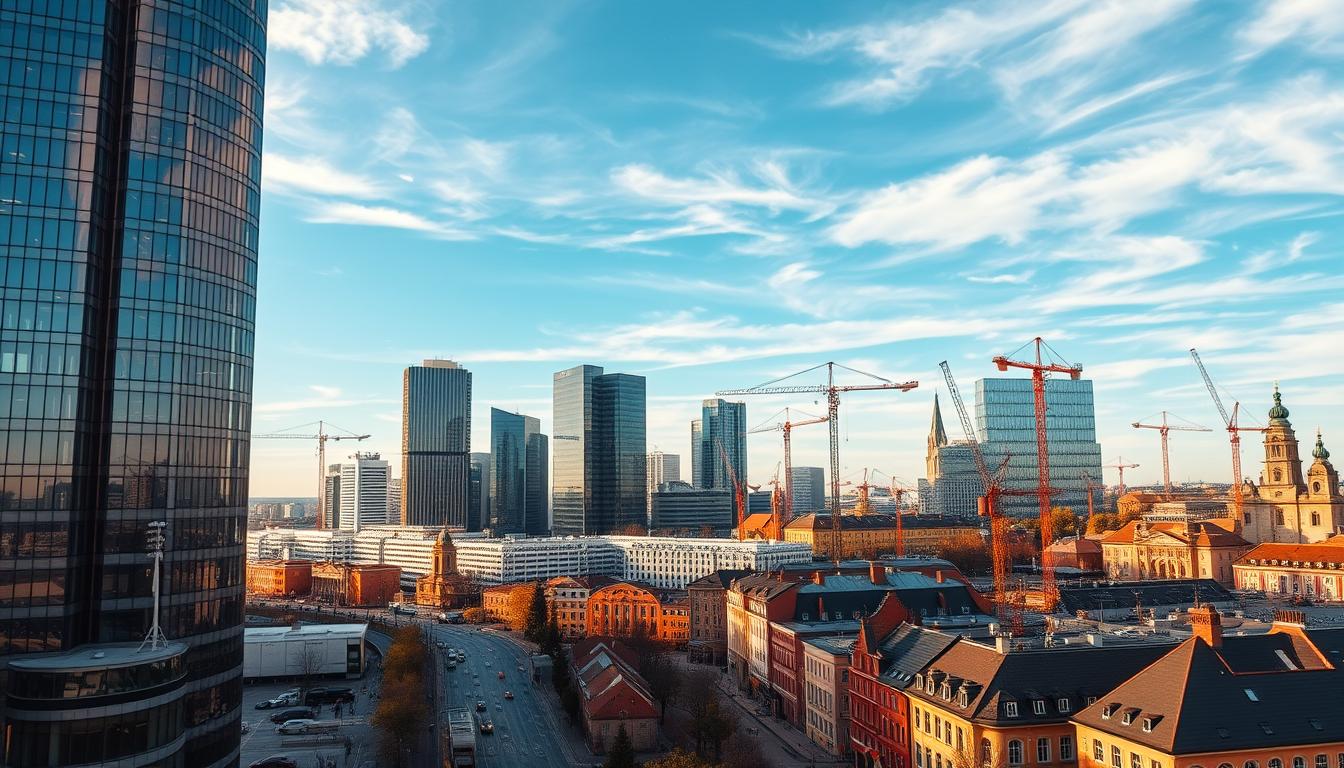
EU and NATO Membership
Joining the European Union in 2004 provided Lithuania with access to funding and trade opportunities. Over 57.7% of its exports now go to EU member states, boosting economic activity. NATO membership has also enhanced security, creating a stable environment for business growth.
Foreign Direct Investment
Foreign direct investment (FDI) has played a crucial role in Lithuania’s development. Sweden alone has contributed €4.3 billion, accounting for 20-30% of total FDI. Key sectors like energy and technology have attracted significant investment, with companies like ORLEN Lietuva and Teltonika leading the way.
| Country | FDI Contribution (€ billion) | Key Sector |
|---|---|---|
| Sweden | 4.3 | Energy |
| Germany | 1.8 | Technology |
| United States | 1.2 | Services |
Lithuania’s strategic geographic location also enhances its appeal. The country serves as a logistics hub, connecting Eastern and Western Europe. With over 20 business accelerators supporting startups, the nation continues to attract innovative companies and talent.
Lithuania’s GDP Growth: A Comparative Analysis
Lithuania’s economic performance stands out when compared to its regional peers. With a GDP per capita of $22,000 (PPS) in 2023, the country leads the Baltic states. This figure represents 43-50% of US income levels, based on a 2014 baseline. Such growth highlights Lithuania’s ability to bridge economic gaps with more developed countries.

When analyzing growth rates, Lithuania’s projected real GDP growth of 2.4% for 2024 surpasses Latvia’s 1.8% and Estonia’s 2.1%. This trend underscores its resilience and adaptability. The nation’s convergence toward the EU15 average is a testament to its strategic reforms and economic policies.
However, challenges remain. The World Bank has identified risks of a middle-income trap, where growth slows after reaching a certain level. Despite this, Lithuania’s sectoral contributions—24.9% from industry and 61% from services—show a balanced economic structure. This diversification has been key to sustaining growth.
Lithuania’s pandemic recovery has also outperformed EU averages. Its ability to bounce back quickly reflects strong governance and fiscal policies. Looking ahead, long-term growth scenarios through 2030 suggest continued progress, driven by innovation and foreign investment.
“Lithuania’s economic resilience is a model for sustainable development in the region.”
In summary, Lithuania’s GDP growth and GDP per capita highlight its leadership in the Baltic states. By addressing challenges and leveraging opportunities, the country is well-positioned for a prosperous future.
Why is Lithuania’s Economy Considered the Fastest Growing in the Baltic States
Lithuania’s rise as a regional leader is driven by innovation and strategic reforms. The country hosts 13 of the 20 largest IT companies in the Baltic region, showcasing its dominance in the tech sector. This focus on technology has created 25,000 jobs annually through new businesses, fueling economic growth.

Success stories like Maxima, the largest retail chain, and NordVPN, a global cybersecurity leader, highlight Lithuania’s entrepreneurial spirit. The second-hand marketplace Vinted became a unicorn in 2019, further cementing the nation’s reputation as a startup hub.
Export diversification has also played a key role. Lithuania has expanded beyond traditional markets, leveraging its strategic location to connect Eastern and Western Europe. This approach has strengthened its economy and increased global trade partnerships.
The development of a fintech hub has attracted major players like Revolut and TransferGo. These companies have chosen Lithuania for its favorable business environment and skilled workforce. The nation’s focus on R&D, particularly in lasers and biotech, has further boosted its competitive edge.
“Lithuania’s ability to innovate and adapt has made it a model for sustainable growth in the Baltic states.”
Compared to Latvia and Estonia, Lithuania’s industrial policies emphasize long-term investments in technology and infrastructure. This forward-thinking approach has resulted in a 3.2% annual increase in labor productivity, driving sustained economic progress.
With a strong emphasis on innovation and strategic reforms, Lithuania continues to lead the Baltic states in economic performance. Its ability to attract investment, create jobs, and diversify exports ensures a bright future for the nation.
Leading Industries in Lithuania
Lithuania’s industrial landscape is a dynamic mix of traditional and cutting-edge sectors. These industries drive the nation’s economic growth, showcasing its adaptability and innovation. From energy to technology, each sector plays a vital role in shaping the country’s future.
Petroleum Refining and Energy
ORLEN Lietuva’s Mazeikiai refinery is a cornerstone of Lithuania’s energy sector. It processes over 10 million tons of crude oil annually, supplying fuel to domestic and international markets. The refinery’s operations are a key contributor to the country’s energy independence.
Lithuania is also making strides in renewable energy. Klaipėda Port’s green hydrogen project aims to produce 127 tons annually, marking a bold step toward sustainability. This initiative aligns with the nation’s goal to reduce carbon emissions and embrace clean energy solutions.
Biotechnology and Laser Technology
Biok Laboratory is a leader in natural cosmetics, combining innovation with sustainability. Their products are exported globally, reflecting Lithuania’s growing presence in the biotechnology market.
In laser technology, Lithuania dominates the global market with an 80% share in pico-second lasers. Ekspla, a local company, is renowned for its parametric light generators. With 11 dedicated research centers, the country continues to push the boundaries of laser technology.
ICT and Start-Up Ecosystem
Lithuania’s ICT sector is thriving, with €128 million in exports in Q2 2018. The country’s start-up ecosystem is equally impressive, with 10,000 new companies registered annually. This vibrant environment fosters innovation and attracts global talent.
The fintech regulatory sandbox has been a game-changer, enabling companies like Revolut and TransferGo to thrive. SoliTek’s solar cell production further highlights the nation’s commitment to sustainable technology.
| Industry | Key Player | Contribution |
|---|---|---|
| Petroleum Refining | ORLEN Lietuva | 10M tons crude oil processed annually |
| Biotechnology | Biok Laboratory | Global export of natural cosmetics |
| Laser Technology | Ekspla | 80% global market share in pico-second lasers |
| ICT | Revolut | €128M exports in Q2 2018 |
Lithuania’s industries are a testament to its resilience and forward-thinking approach. By leveraging innovation and sustainability, the country continues to strengthen its position on the global stage. For more on its green energy initiatives, visit Klaipėda Port’s green hydrogen project.
Lithuania’s Trade and Export Landscape
Lithuania’s trade and export landscape has evolved significantly over the years, reflecting its adaptability and global integration. In 2023, the country’s exports reached €56.5 billion, with refined petroleum accounting for $3.67 billion. Key partners include Latvia (10.8%) and Poland (9.3%), highlighting strong regional ties.
The export commodity mix has shifted since the 2000s. While traditional sectors like agriculture remain vital, new industries such as technology and renewable energy have gained prominence. This diversification has strengthened Lithuania’s position in the global trade arena.
Sanctions on Russia have reshaped trade flows. Lithuania has redirected its focus to emerging markets in Asia and Africa. These regions offer new opportunities for growth, particularly in sectors like machinery and electronics.
Agricultural exports continue to play a crucial role. Dairy products, valued at $1.2 billion, and cereals are among the top performers. Lithuania’s fertile land and advanced farming techniques ensure high-quality goods for international markets.
The country also serves as a transit hub for Belarusian potash exports. This role has become increasingly important, especially after the Ukraine war disrupted traditional routes. Lithuania’s strategic location and infrastructure make it a reliable partner for regional trade.
Comparing pre- and post-Ukraine war trade patterns reveals significant changes. While some sectors faced challenges, others, like technology and renewable energy, experienced growth. Lithuania’s ability to adapt underscores its resilience in the face of global crises.
| Year | Exports (€ billion) | Key Commodities |
|---|---|---|
| 2023 | 56.5 | Refined petroleum, dairy, cereals |
| 2021 | 48.2 | Machinery, electronics, agricultural goods |
| 2019 | 42.7 | Petroleum, chemicals, textiles |
Lithuania’s trade balance surplus of €2.76 billion in 2023 reflects its robust economic performance. By leveraging its strengths and exploring new markets, the country continues to thrive in the global trade landscape.
Government Policies Supporting Economic Growth
Lithuania’s government has implemented strategic policies to foster economic growth. These initiatives have created a favorable environment for business and attracted significant investment. Over the years, these measures have played a crucial role in the country’s development.
Tax Reforms
One of the most impactful policies is the flat tax system. Introduced in the 1990s, it simplified the tax structure and encouraged formal economic activities. The 0% tax on reinvested profits has been a game-changer, allowing businesses to reinvest earnings without additional tax burdens.
R&D tax credits further incentivize innovation. Companies investing in research and development can reduce their tax liabilities, fostering a culture of creativity and technological advancement.
Regional Development Initiatives
Lithuania has allocated €2.2 billion from the EU recovery fund to support regional development. Special economic zones offer incentives like tax breaks and reduced administrative barriers. These zones have attracted foreign companies, boosting local economies.
The regional development fund focuses on infrastructure projects. Improved transportation and communication networks have enhanced connectivity, making Lithuania an attractive destination for investment.
Support for Start-Ups
The startup visa program, launched in 2017, has been a significant success. It allows entrepreneurs from outside the EU to establish businesses in Lithuania. This initiative has attracted talent and fostered a vibrant startup ecosystem.
Vilnius Tech Park is a prime example of this support. It provides resources, mentorship, and networking opportunities for startups. The UNICORN ecosystem development program has also played a key role in nurturing high-growth companies.
“Lithuania’s government policies have created a dynamic environment for business and innovation.”
| Policy | Impact |
|---|---|
| Flat Tax System | Simplified tax structure, encouraged formal economy |
| 0% Tax on Reinvested Profits | Boosted business reinvestment and growth |
| Startup Visa Program | Attracted international entrepreneurs |
| Special Economic Zones | Increased foreign investment in regional areas |
These factors highlight how Lithuania’s government policies have been instrumental in driving economic growth. By focusing on tax reforms, regional development, and startup support, the country continues to thrive in a competitive global landscape.
Challenges Facing Lithuania’s Economy
Lithuania faces significant challenges despite its economic progress. While the country has achieved remarkable growth, issues like an aging population, emigration, and income disparities pose ongoing risks. These factors could hinder long-term sustainability if not addressed effectively.
Population Aging and Emigration
The aging population is a pressing concern. By 2040, the old-age dependency ratio is projected to double, straining social services and healthcare systems. Additionally, Lithuania has lost 15% of its workforce since EU accession, with 83,000 people emigrating between 2015 and 2020. This brain drain impacts productivity and economic vitality.
Income Inequality
Income disparities remain a challenge. The poorest 20% earn only 6.3% of total income, highlighting significant inequality. The Gini coefficient, a measure of income distribution, stood at 34.4 in 2023. Rural-urban development gaps further exacerbate these disparities, with rural areas lagging in infrastructure and opportunities.
Impact of Global Crises
Global crises have also tested Lithuania’s resilience. Trade sanctions on China disrupted supply chains, while energy inflation spiked to 18.9% in 2022. The Ukraine war added further strain, with refugee integration costs impacting public finances. These factors underscore the need for adaptive policies to mitigate external shocks.
| Challenge | Key Data |
|---|---|
| Aging Population | Old-age dependency ratio to double by 2040 |
| Emigration | 83,000 emigrants (2015-2020) |
| Income Inequality | Poorest 20% earn 6.3% of total income |
| Energy Inflation | 18.9% CPI in 2022 |
Addressing these challenges requires strategic interventions. Policies to retain talent, reduce inequality, and manage global risks will be crucial for Lithuania’s continued growth. By tackling these issues head-on, the country can ensure a more sustainable and inclusive future.
Lithuania’s Future Economic Outlook
Lithuania’s economic trajectory points toward sustained progress, driven by innovation and strategic investments. The country is projected to achieve an average growth rate of 3.7% between 2024 and 2026. This upward trend reflects its commitment to long-term development and resilience in a changing global economy.
One of the key drivers of this growth is the plan to increase R&D spending to 1.5% of GDP. This investment will fuel advancements in technology and innovation, positioning Lithuania as a leader in the digital and green sectors. The €4 billion budget for the green energy transition underscores the nation’s dedication to sustainability.
Lithuania is also exploring the potential of a hydrogen economy. Projects like Klaipėda Port’s green hydrogen initiative aim to produce 127 tons annually, marking a significant step toward energy independence. Offshore wind farms are another focus, with plans to harness the Baltic Sea’s potential for renewable energy.
The EU digital single market offers additional opportunities. Lithuania is leveraging this platform to expand its ICT sector and attract tech companies. The semiconductor industry is also set for expansion, with investments in capital and infrastructure to meet global demand.
Demographic stabilization remains a priority. Measures to retain talent and address emigration are being implemented to ensure a balanced workforce. Export diversification is another strategic goal, with targets to expand into emerging markets in Asia and Africa.
| Initiative | Target |
|---|---|
| R&D Spending | 1.5% of GDP |
| Green Energy Transition | €4 billion budget |
| Hydrogen Production | 127 tons annually |
| Export Diversification | Emerging markets in Asia and Africa |
Lithuania’s future looks bright, with a clear focus on innovation, sustainability, and global integration. By addressing challenges and seizing opportunities, the country is well-positioned for continued success in the coming years.
Conclusion
Lithuania’s economic resilience and strategic reforms have positioned it as a leader in the region. Key drivers like EU integration, foreign direct investment, and liberal policies have fueled its growth. Despite challenges such as demographic shifts and income inequality, the country maintains a strong GDP per capita and a AAA credit rating since 2018.
Strategically located between the EU and Eastern markets, Lithuania leverages its position to boost trade and innovation. The tech sector plays a pivotal role, driving future development and job creation. With an 87.6% GDP/export ratio in 2023, the nation continues to outperform its Baltic states peers.
Looking ahead, Lithuania’s focus on sustainability and digital transformation ensures long-term progress. World Bank projections highlight its potential for convergence with advanced economies, solidifying its place as a model for regional economy success.
